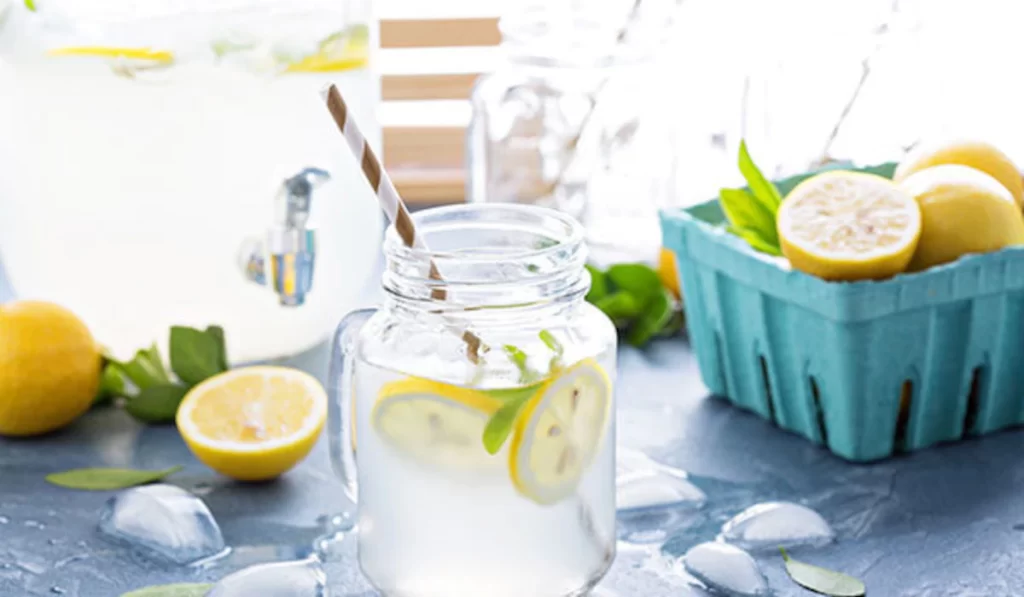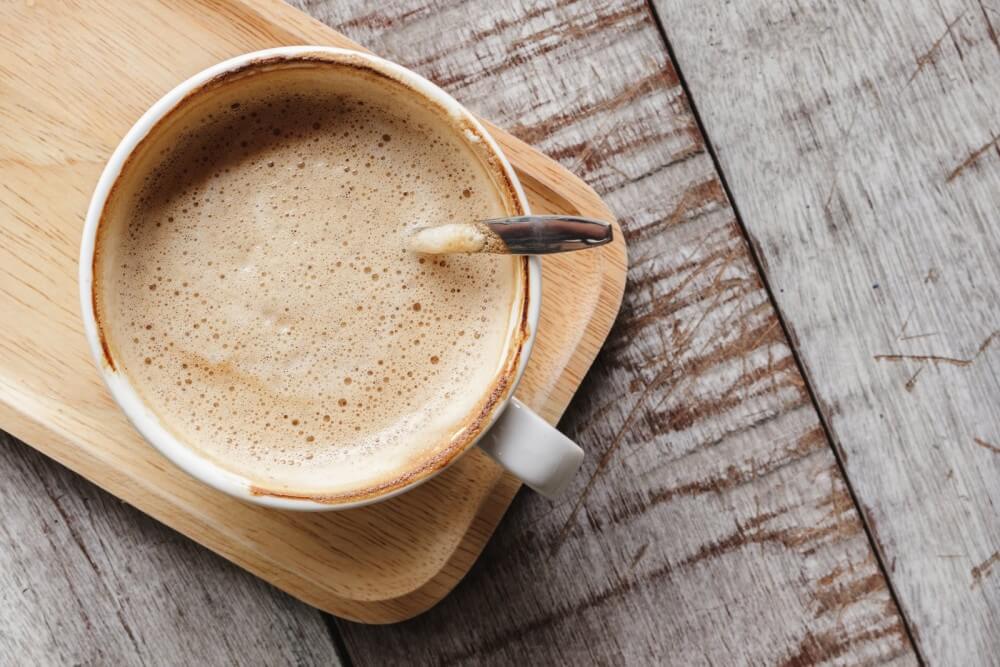Coffee is one of the most popular beverages worldwide, loved for its rich flavor, enticing aroma, and the energizing kick it provides. Whether you’re a seasoned coffee drinker or just starting to explore the world of coffee, knowing how to make a delicious cup of coffee is essential. In this comprehensive guide, we will walk you through the process of making a coffee, from selecting the right beans to brewing methods and everything in between. So grab your favorite mug and let’s dive into the art of brewing the perfect cup of coffee!
Choosing the Right Coffee Beans
The first step to making a great cup of coffee is selecting high-quality coffee beans. When shopping for beans, consider their origin, roast level, and flavor profile. Arabica beans are known for their nuanced flavors and lower acidity, while Robusta beans offer a more robust and bitter taste. Opt for freshly roasted beans to ensure maximum flavor.
Grinding Coffee Beans
Grinding your coffee beans just before brewing is crucial for capturing the optimal flavors. Invest in a burr grinder for a consistent grind size. The grind size will vary depending on your brewing method. For example, a medium grind is suitable for a drip coffee maker, while a fine grind is ideal for an espresso machine.
Selecting the Brewing Method
There are various brewing methods available, each offering a unique coffee experience. The choice of method depends on personal preference and the desired flavors. Some popular methods include pour-over, French press, espresso, AeroPress, cold brew, Moka pot, and Turkish coffee.
Water Temperature and Ratios
The water temperature and coffee-to-water ratios significantly impact the final taste of your coffee. Different brewing methods require different water temperatures. For example, pour-over and AeroPress benefit from using water just below boiling point, while cold brew requires cold water steeping overnight. Experiment with ratios to find the perfect balance that suits your taste buds.
Brewing Techniques
Pour-Over Coffee
- Boil water and let it cool for a minute.
- Place a filter in the pour-over dripper and rinse it with hot water to remove any papery taste.
- Add ground coffee to the filter.
- Slowly pour hot water in a circular motion, saturating the coffee grounds.
- Allow the coffee to drip into the mug.
- Enjoy your freshly brewed pour-over coffee!
French Press
- Add coarse ground coffee to the French press.
- Pour hot water over the coffee grounds.
- Let it steep for four minutes.
- Gently press down the plunger to separate the grounds from the coffee.
- Pour and savor your flavorful French press coffee.
Espresso
- Grind coffee beans to a fine consistency.
- Fill the portafilter with the coffee grounds, distributing them evenly.
- Tamp the coffee grounds firmly.
- Attach the portafilter to the espresso machine.
- Start the brewing process and monitor the extraction time.
- When the desired volume is reached, stop the extraction.
- Indulge in your velvety and concentrated espresso shot.
AeroPress
- Place a filter in the AeroPress cap and rinse it with hot water.
- Add ground coffee to the AeroPress chamber.
- Pour hot water and stir for ten seconds.
- Attach the filter cap and flip the AeroPress onto a mug.
- Press down gently to extract the coffee.
- Relish your smooth and full-bodied AeroPress coffee.
Cold Brew
- Coarsely grind coffee beans.
- Combine the ground coffee and cold water in a container.
- Stir gently to ensure all the coffee is saturated.
- Cover the container and let it steep in the refrigerator for 12-24 hours.
- Filter the cold brew concentrate to remove the grounds.
- Dilute the concentrate with water or milk, as desired.
- Sip and savor the refreshing taste of cold brew.
Moka Pot
- Fill the lower chamber of the Moka pot with hot water.
- Insert the funnel and add finely ground coffee.
- Screw on the top chamber tightly.
- Place the Moka pot on a stovetop over low heat.
- As the water heats, the coffee will rise to the top chamber.
- Once the gurgling sound is heard, remove the Moka pot from the heat.
- Pour and enjoy your bold and rich Moka pot coffee.
Turkish Coffee
- Finely grind coffee beans to a powder-like consistency.
- Add water and sugar (optional) to the cezve (small pot).
- Stir well and place it over low heat.
- When the coffee starts to foam, remove it from the heat.
- Pour the coffee into demitasse cups, including the foam.
- Allow the grounds to settle before sipping your aromatic Turkish coffee.
The Importance of Water
Water quality plays a crucial role in coffee brewing. Use filtered water to ensure the best flavors. Avoid using distilled or softened water, as they can negatively affect the taste. The ideal water-to-coffee ratio is around 16:1 for most brewing methods.
Milk and Alternative Options
Milk can enhance the flavor and texture of your coffee. Experiment with different types of milk, such as whole milk, skim milk, almond milk, or oat milk, to find your preferred combination. Frothing the milk can add a creamy and velvety touch to your coffee.
Flavoring Your Coffee
If you enjoy flavored coffee, there are several ways to add a twist to your brew. You can use flavored syrups, spices like cinnamon or nutmeg, or even experiment with adding a hint of vanilla extract or chocolate to your coffee. Be creative and find the flavors that delight your taste buds.
Storing and Grinding Coffee
To preserve the freshness of your coffee beans, store them in an airtight container in a cool, dark place. Avoid keeping them in the refrigerator, as they can absorb odors. When grinding coffee, aim to grind only what you need for immediate use to maintain optimal flavors.
Cleaning Your Coffee Equipment
Regularly cleaning your coffee equipment is essential for ensuring the best-tasting coffee. Wash your brewing tools, such as the French press, AeroPress, or espresso machine, after each use. Remove coffee residues and oils to prevent them from spoiling future brews.
The Perfect Coffee Ratio
The ideal coffee-to-water ratio varies depending on personal preference and the brewing method used. As a general guideline, start with one to two tablespoons of coffee for every six ounces of water. Adjust the ratio to taste, keeping in mind that stronger coffee requires more coffee grounds.
Troubleshooting Common Coffee Issues
- Bitter Coffee: Try using a coarser grind or reducing the brewing time.
- Weak Coffee: Increase the coffee-to-water ratio or extend the brewing time.
- Sour Coffee: Use hotter water or increase the brewing time.
- Grainy Sediment in Coffee: Experiment with a finer grind size or use a coffee filter.
FAQs
- Q: How long does it take to brew a cup of coffee?
- A: The brewing time varies depending on the method used. For example, a pour-over coffee typically takes around 3-4 minutes, while espresso shots are extracted in approximately 25-30 seconds.
- Q: Should I grind my coffee beans right before brewing?
- A: Yes, grinding your coffee beans just before brewing ensures maximum freshness and flavor. Pre-ground coffee can lose its aroma and taste more quickly.
- Q: What is the best coffee brewing method for beginners?
- A: A simple drip coffee maker or a French press is an excellent starting point for beginners. These methods are relatively easy to master and produce flavorful results.
- Q: Can I reuse coffee grounds for a second brew?
- A: While it is possible to reuse coffee grounds, the resulting brew will be weaker and less flavorful. It’s best to use fresh coffee grounds for each brew.
- Q: Can I make iced coffee with any brewing method?
- A: Yes, you can make iced coffee with various brewing methods. For a quick and easy iced coffee, try brewing a strong coffee concentrate and diluting it with ice and water or milk.
- Q: Does the type of coffee bean affect the flavor?
- A: Yes, different coffee beans, such as Arabica and Robusta, have distinct flavor profiles. Arabica beans are known for their complex and nuanced flavors, while Robusta beans tend to have a stronger and more bitter taste.
Conclusion
Brewing a delicious cup of coffee is an art that can be perfected with practice and experimentation. By selecting the right beans, mastering various brewing methods, and paying attention to crucial factors like water temperature and ratios, you can elevate your coffee experience to new heights. Remember to clean your coffee equipment regularly and store your beans properly to ensure the best flavors. So go ahead, explore the world of coffee, and enjoy the joyous ritual of making a perfect cup of coffee!

